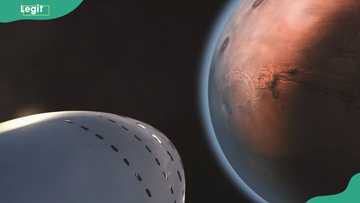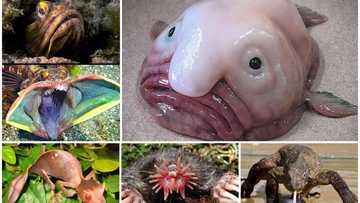What are four sources of freshwater on the Earth?
To imagine how much water there is on Earth, we need to imagine how the volume of water in one cubic kilometer might look. This is the value for the measurement of water reserves on earth. So, the volume of all water on our planet equals 1500 000 000 km3.
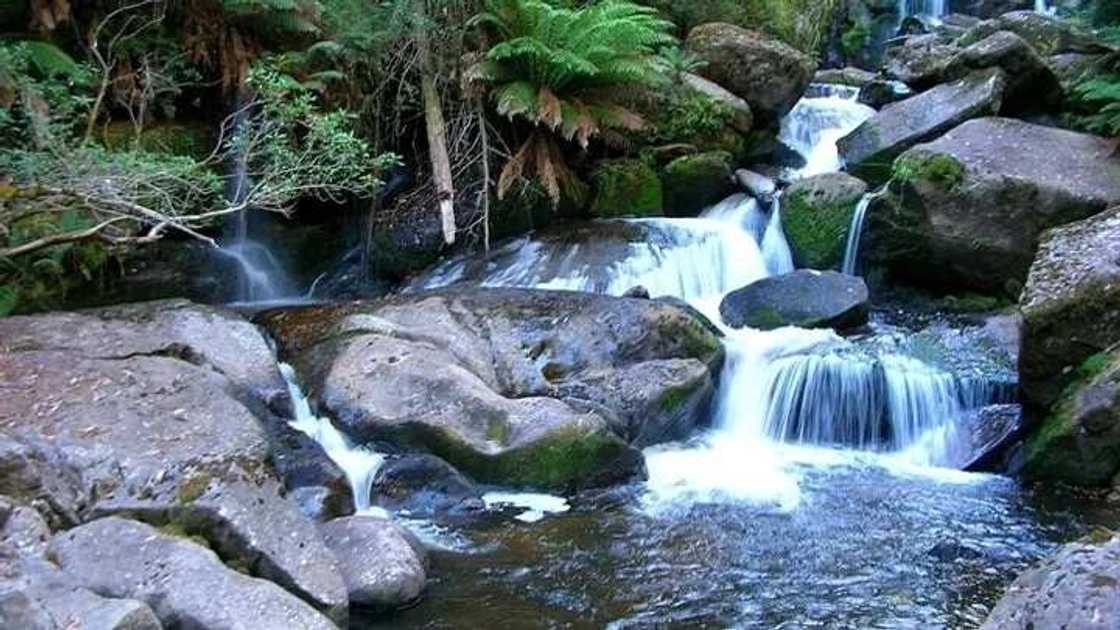
It is no coincidence that the Earth is referred to as the blue planet. It is seen as a blue ball with patches of land from space.
Global distribution of water
Freshwater resources account for about 10% of the total stock, and only a small part of freshwater is located in surface waters. The main supply of freshwater is in the earth's crust. There are about 190 million km3 of water. Sometimes groundwater is located at a distance of tens or hundreds kilometers from the earth's surface. This water is under considerable pressure under the ground. Rivers, lakes, springs and other waters that are located close to the earth's surface are called surface waters.
Such waters have a significant difference from the deep groundwater and often these waters accumulate in various tanks and wells. They are less protected from pollution because they come in contact with the soil. Another type of freshwater, which is difficult in obtaining, but it is a tremendous resource for humans (20-30 million km3) is concentrated in the glaciers of Antarctica, Greenland, the Islands of the Arctic ocean.
Freshwater is also contained in rain and snow. Also, people have learned to desalinate the water of the seas and oceans, but so far it is not very popular.
Global freshwater resources
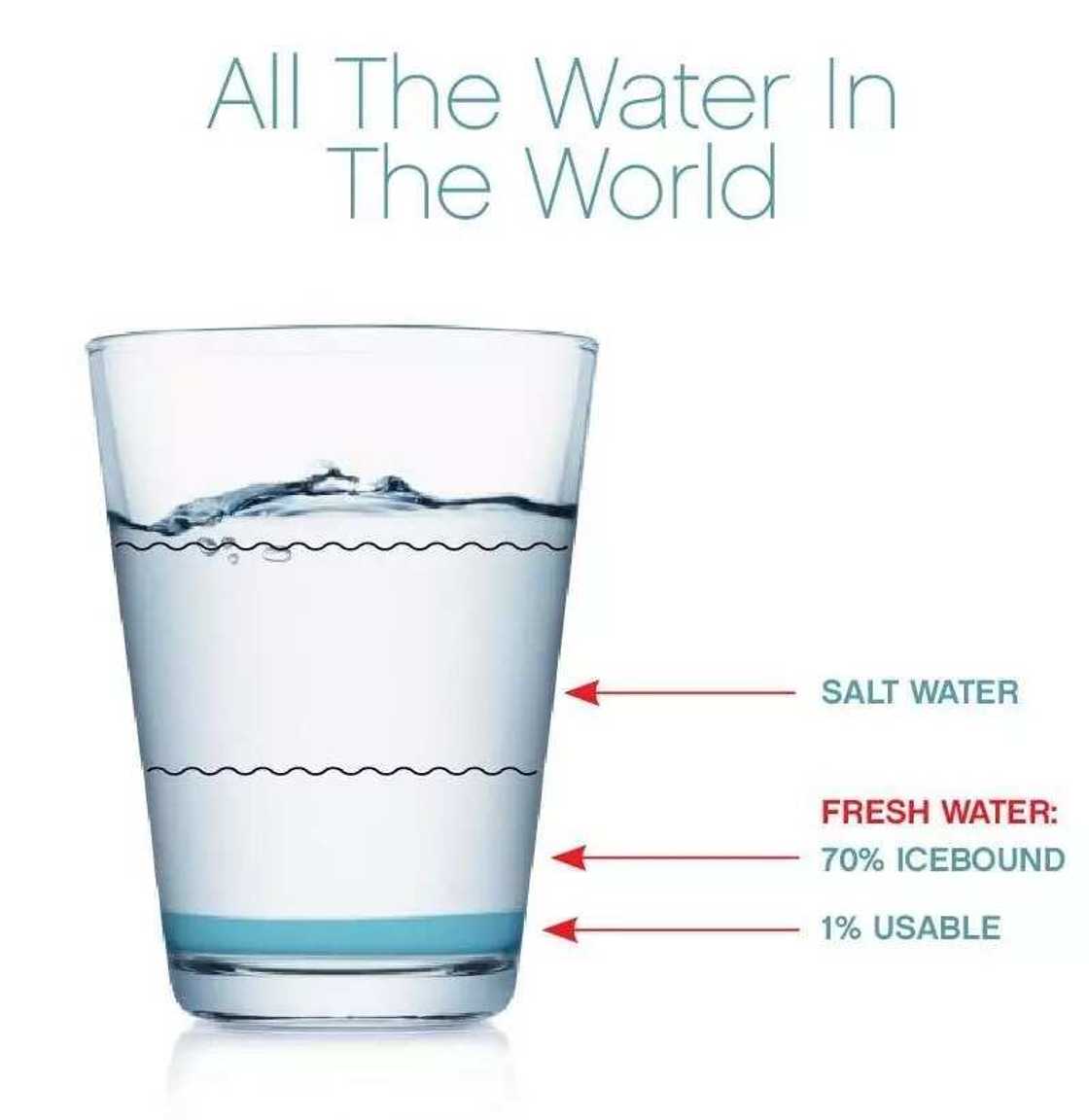
READ ALSO: Types of water pollution
The major sources of freshwater are rivers and lakes. The largest lake reservoir is lake Baikal, which contains 20 thousand km3 of water. The water in this lake is considered to be the cleanest lake water as it contains a very low percentage of dissolved and suspended mineral substances, but a lot of oxygen. The water of Baikal is so clear that you can easily see the stones lying even at a depth of 40 m.
Freshwater is divided into two types according to the chemical composition: the fresh and mineral water.
Freshwater is never absolutely pure. It always contains some percentage of minerals and dirt, so it should be effectively cleansed before it can be drunk. Tap water undergoes some purification before entering our houses, but often this is not enough, so one should use household water filters.
Mineral water is divided into four groups according to the content of the mineral components:
- Mineral healing water with a salinity of more than 8 g/l should only be taken according to physician's advice.
- Mineral medicinal table water with mineralization from 2 to 8 g/l.You can drink it, but not in large quantities. It is also advisable to consult with your doctor before drinking such water.
- Mineral table water contains 1-2 g/l of mineral elements.
- Table water with a salinity of less than a gram.
The mineral water acquired its healing qualities over a long period of time and is enriched with healing minerals from special rocks, which are located near the underground reservoirs of water.
Sources of freshwater on the Earth
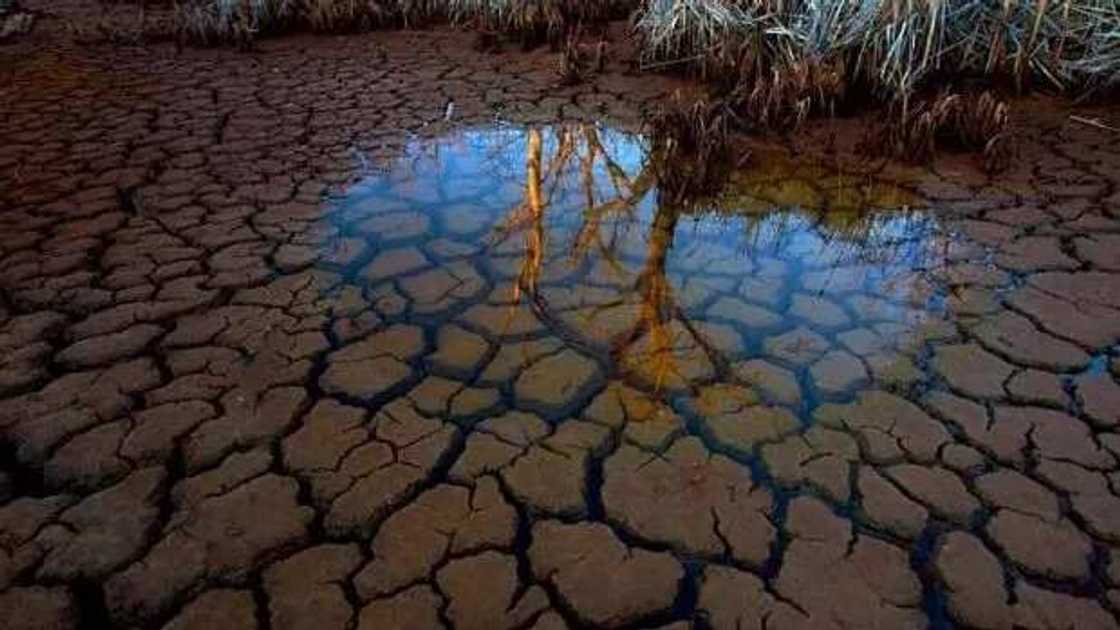
Groundwater
Artesian sources are deep water sources. They are well protected from the effects of industrial, agricultural, and bacterial contamination and they are considered to be the largest sources of freshwater. To get access to artesian water, one needs to use special drilling rigs, lower steel tube to the well which, under the influence of powerful pumps, will bring artesian water to the surface through the tubing.
As the water comes to the surface, it can become dirty. Also such water can often contain a mineral composition which is unfavorable for a human. Therefore, it must be cleaned with industrial or household filters.
Spring water
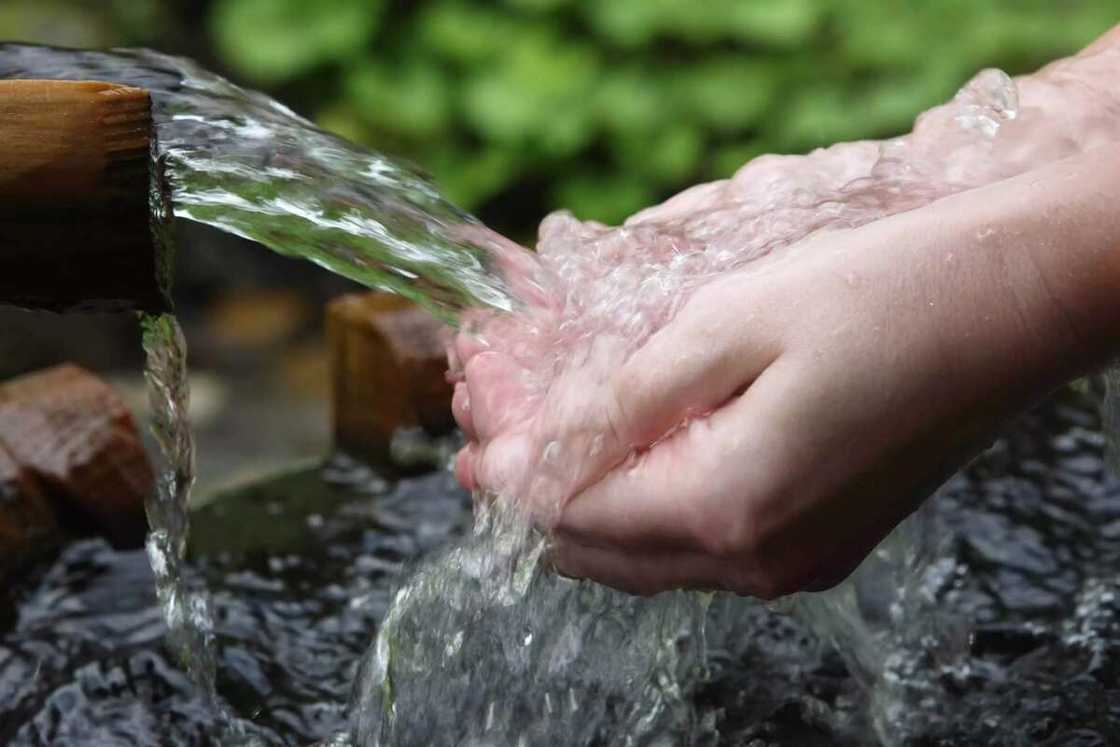
Spring water is water obtained from springs, which comes to the earth's surface from underground. This water may be fresh or mineral. The springs may be closed, as the water quality deteriorates significantly due to the contamination of the soil located nearby.
Bottled spring water is popular in large cities with particularly dirty water, which is taken from places located far outside the city, factories, and landfills. The quality of this water is regularly controlled by health services. However, the use of bottled water, of course, is not so convenient compared to the use of tap water, purified with high-quality water filters.
Surface water

Well water is still actively used in rural areas; a pit of no more than 10 meters in depth sometimes can provide the entire village with water. But the use of such water can pose a big danger: well water can contain all kinds of agricultural wastes (pesticides, nitrites, and heavy metal).
Before the water from lakes, rivers and underground sources becomes usable, it comes through processing. Tap water is usually already processed several times before getting to our house.
Obviously, the most convenient way of obtaining water is getting it from rivers and lakes. People have always sought to build their cities near large rivers and lakes. Drilling deep wells that would be able to supply large volumes of water to large cities can lead to an environmental disaster. Insufficient quantity of freshwater resources in some parts of the world sooner or later will lead to the active practice of desalination of ocean water using industrial water purification systems.
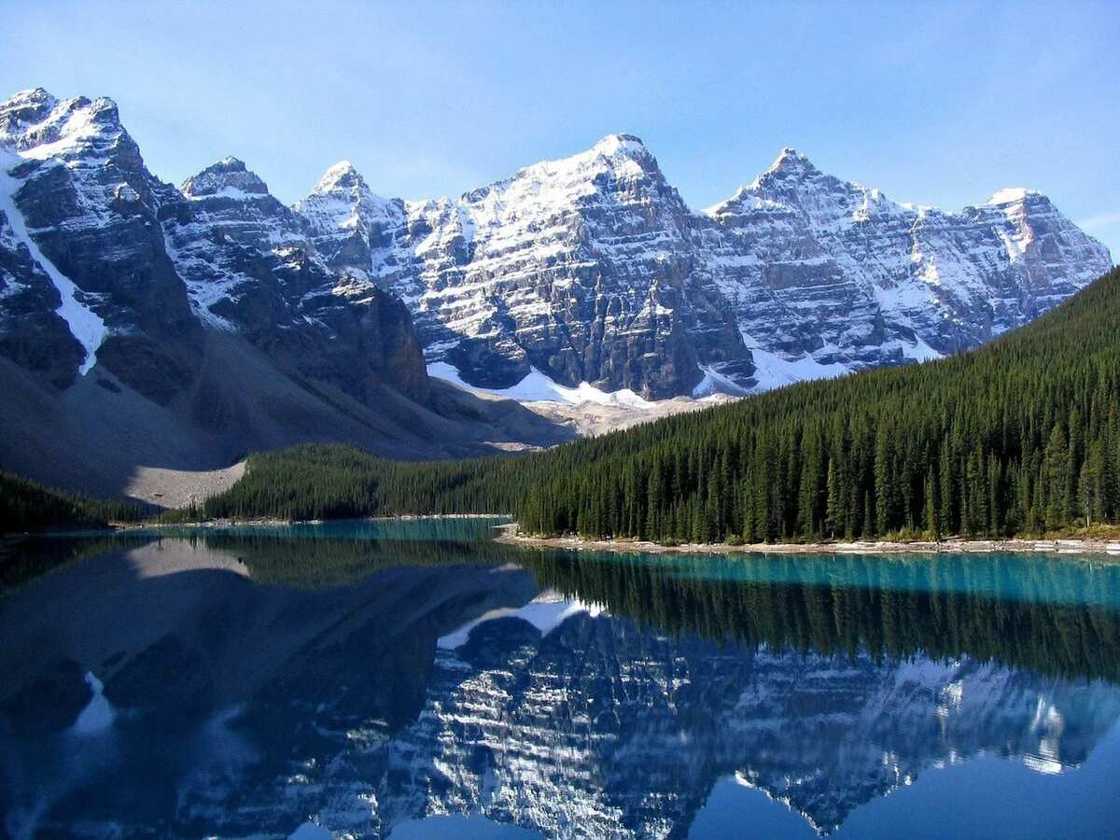
Humans require about 10% of all used freshwater for domestic use; industries and agriculture use the remaining 90%. For example, to obtain a kilo of sugar, a person spends about 200 l of water. To produce one kilogram of synthetic rubber, one needs about 2400 l of water. Every year, the world spending is increasing, and nowadays people use techniques that consumes more water, e.g., dishwashers spend two times more water per load than a person who washes dishes manually. Industrial development also entails additional expenses.
READ ALSO: Waterfalls in Nigeria and their locations
Source: Legit.ng


